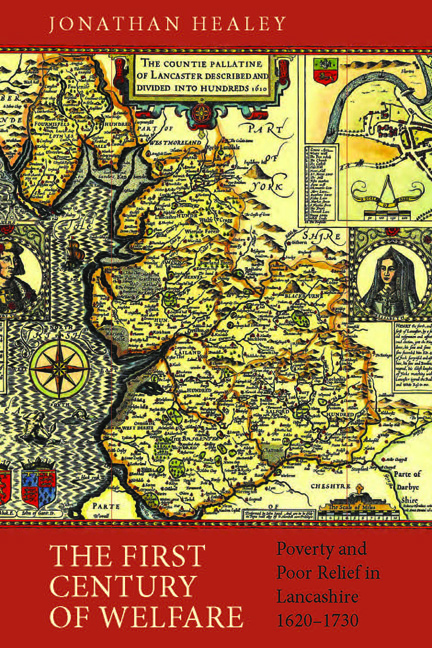Introduction: The First Century of Welfare
Published online by Cambridge University Press: 05 November 2014
Summary
So long as there is any naturall or necessarie meanes left to live, none must depend upon the helpe of the lawe.
An Ease for Overseers of the Poore (1601)The English ‘Old Poor Law’ was unique. Lasting from the twilight years of the Tudor dynasty until 1834, it provided for a regular compulsory tax in every English (and Welsh) parish, the proceeds of which were to be spent on that parish's neediest poor. Its uniqueness, at least in its earlier years, lay in the fact it was a national system, as applicable – in theory – to the wilds of Northumberland as it was in the dense lanes of the City of London. Indeed, though many stimuli to its appearance were pan-European, such as population growth, rising prices, humanism, and ‘reformation’, and though England was just one of many states attempting major innovations in its policies towards the poor, it was only England that successfully constructed such a nationwide safety net. While formal poor relief on the Continent remained largely urban and often Church-administered, the English Poor Law was run by institutions of the state (primarily the civic parish), and it covered rural as well as urban areas.
The real origins of the system lay in the sixteenth century. There had been important developments before then, such as the emergence of the parish as a unit of civil administration, and a growing willingness of late medieval parliaments to legislate on social matters.
- Type
- Chapter
- Information
- The First Century of WelfarePoverty and Poor Relief in Lancashire, 1620–1730, pp. 4 - 26Publisher: Boydell & BrewerPrint publication year: 2014

